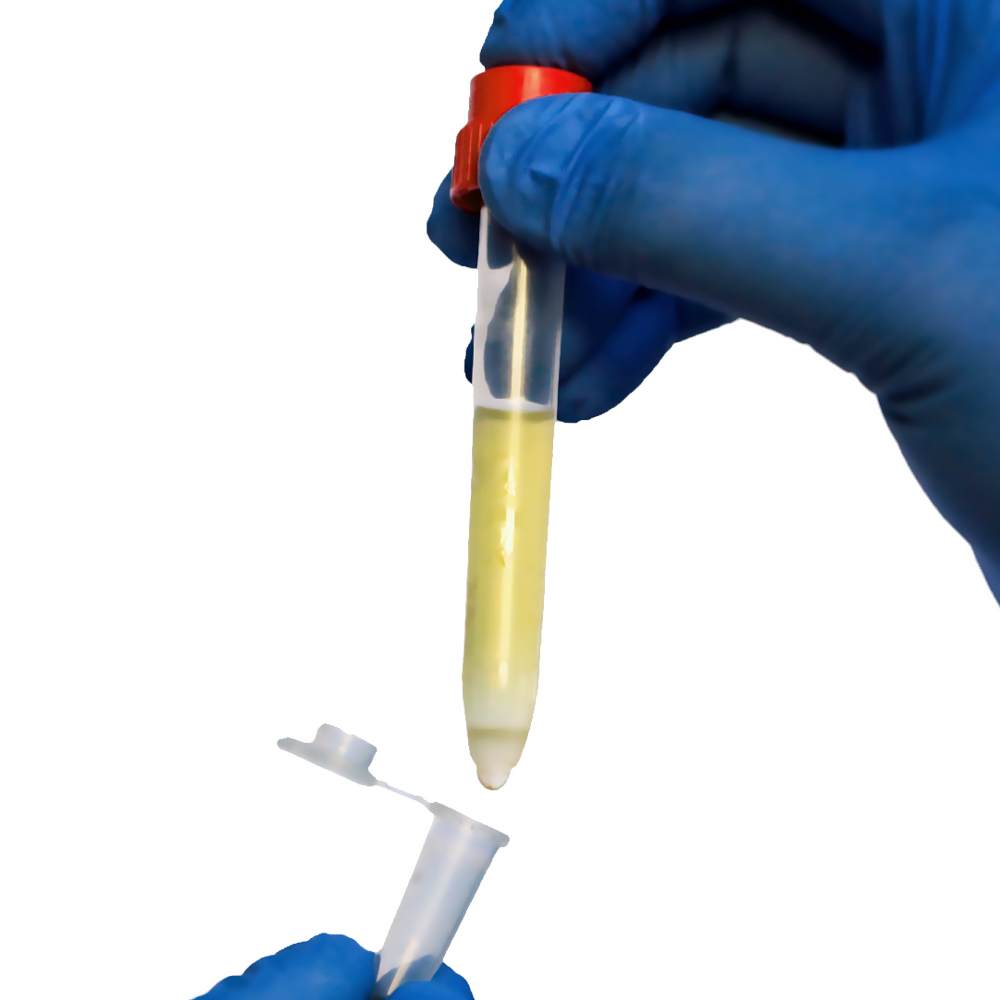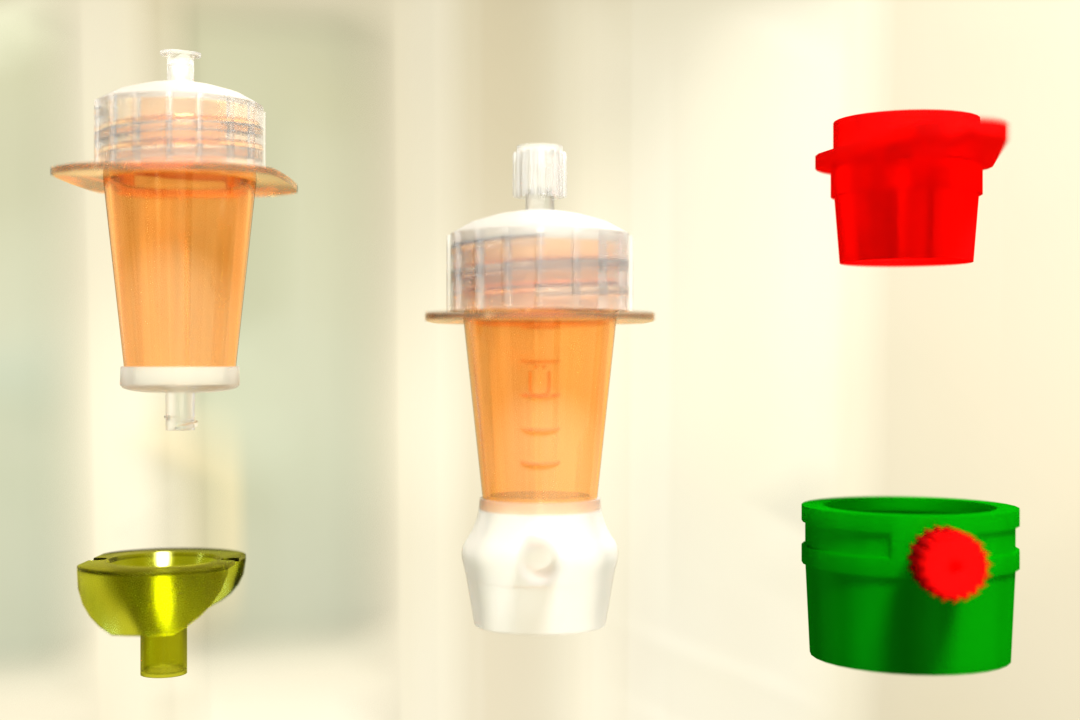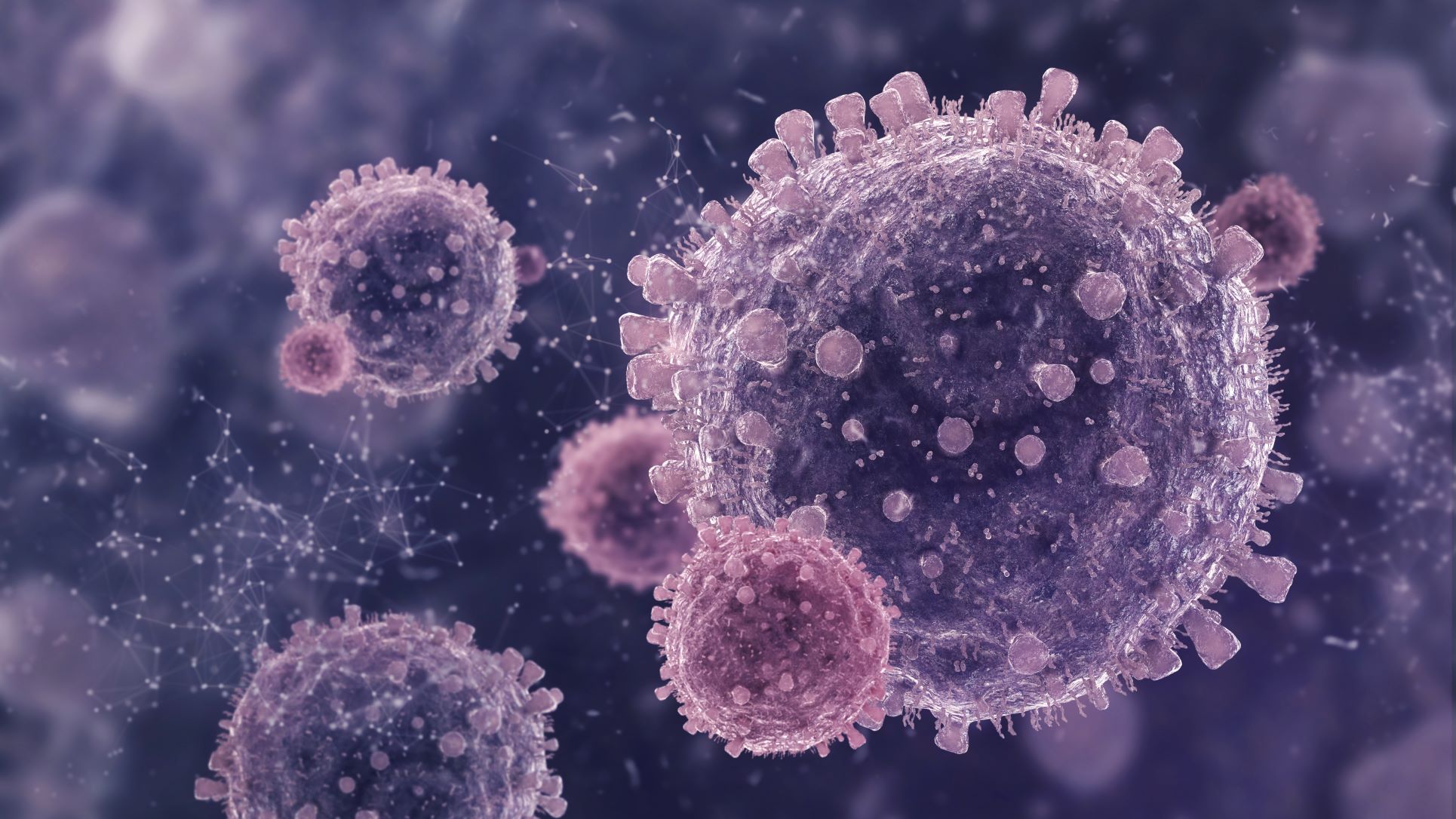Learn about flow cytometry-based cell depletion, a technique to remove unwanted cells and enrich specific populations. This blog will explore the principles of cell depletion and its applications, with a focus on antibody-based cell separation.
Flow cytometry is a powerful tool for analyzing and sorting cells based on their physical and chemical properties. However, it can also be used for selectively removing cells from a sample, allowing for the cell enrichment of specific cell populations. This technique, known as flow cytometry-based cell depletion, is widely used in research and clinical settings for a variety of applications.
Principles of Flow Cytometry-Based Cell Depletion
Flow cytometry-based cell depletion works by labeling unwanted cells with specific antibodies that recognize surface markers on the cell surface. These antibodies are conjugated to fluorochromes or other tags that allow the cells to be detected and sorted by a flow cytometer.
Once the cells are labeled, they are passed through a flow cytometer that separates them based on their fluorescence properties. The unwanted cells can then be physically removed from the sample, either by sorting or by using a separate depletion device.
Applications of Flow Cytometry-Based Cell Depletion
Flow cytometry-based cell depletion has many applications in research and clinical settings. Some examples include:
- Plasma cell enrichment: Flow cytometry-based cell depletion can be used to remove unwanted cells from bone marrow samples, allowing for the enrichment of plasma cells for analysis.
- Human T cell enrichment: By selectively removing non-T cells from a sample, flow cytometry-based cell depletion can be used to enrich T cells for research or clinical applications.
- Single-cell enrichment analysis: Flow cytometry-based cell depletion can be used to remove unwanted cells from single-cell suspensions, allowing for analysis of specific cell types at the single-cell level.
- Cell enrichment analysis: Flow cytometry-based cell depletion can be used to enrich specific cell populations for downstream applications such as gene expression analysis or functional assays.
- Cell type enrichment analysis: By selectively removing cells of a certain type from a mixed population, flow cytometry-based cell depletion can be used to enrich specific cell types for downstream analysis.
Advantages of Flow Cytometry-Based Cell Depletion
Flow cytometry-based cell depletion has several advantages over other cell separation methods, such as magnetic cell separation:
- Antibody-based cell separation allows for more precise and specific targeting of cells, reducing the risk of contaminating the target population with unwanted cells.
- Flow cytometry-based cell depletion can be used with a wide range of cell types and samples, including whole blood, bone marrow, and single-cell suspensions.
- The technique can be easily adapted for use with different fluorescent tags and antibodies, allowing for flexibility in experimental design.
PluriSpin: A Novel Negative Cell Isolation Technology
Without the use of magnets or columns, the PluriSpin system is a novel negative cell isolation technique that can separate viable, unaltered, and pure cells directly from whole blood, buffy coat, or cord blood in one step.
This reduces the risk of damaging or activating the cells of interest. The system includes a cell isolation reagent (PluriSpin) and provides functional cells that are suitable for different applications like cultivation, differentiation, and compound screening, which require minimal manipulation of the cells.
How PluriSpin Works?
The PluriSpin system works by incubating the blood, buffy coat, or cord blood sample with the PluriSpin reagent, followed by a standard density gradient centrifugation.
The PluriSpin binds unwanted cells, which are then separated by centrifugation, leaving untouched and pure target cells at the interface between the plasma and the density gradient medium. The purified cells can be easily collected by aspirating them from the interface into a new tube.
Key Features of Plurispin
With the PluriSpin system, whole blood, buffy coat, or cord blood cells can be isolated using a straightforward procedure involving conventional density gradient centrifugation.
- No Special Training or Equipment Required
The PluriSpin system does not require specialized instruments or magnets. A mixing device, such as a whipping rolling mixer or the pluriPlix adapter for a magnetic stirrer, is all that is necessary.
- Cells Remain Viable and Functional
The isolated cells are fully functional, compatible with flow cytometry, and not labeled with antibodies or magnetic beads.
Instructions for Using the TwinSpin Tube
- The TwinSpin, the centrifuge, and the (diluted blood) sample must all be at room temperature.
1.1 To begin, ensure that the internal tube is partially filled and submerged in the DGM. If it is not, maintain its vertical orientation while using the TwinSpin device to rotate it.
1.2 Remove and discard the transport stopper.
- Include Sample Material
2.1 By tilting the TwinSpin 45 degrees and letting the sample run down the inside of the dropper, you can pipette the sample material on top of the DGM in the inner tube.
2.2 Apply pressure to the elastic cap to firmly seal the opening of the TwinSpin. To decrease platelet impurities, PluriSpin PLT Depletion is an effective option.
- Spin
3.1 Centrifuge in a swing bucket rotor at 800 x g for 20 minutes at room temperature, then stop. If the blood has been kept for more than 4 hours, centrifuge it for 30 minutes at 1000 g.
- Collect
4.1 Remove the inner separation tube by unscrewing it.
4.2 Cells in the opaque layer can be collected in a fresh tube by pushing the elastic cup downward.
5 Wash (if necessary)
5.1 Add wash buffer to the reaction tube.
5.2 Cells are spun down for 10 minutes with 300 x g at 4 °C. (no or small brake).
5.3 Discard the supernatant and place the reaction tube on a flat surface for 20 seconds. Any surplus washing buffer will run down the wall of the tube and gather at the base. Most of the liquid above the pellet should be aspirated. Because platelets make up the majority of the liquid, it will appear foggy; aspiration will enhance the washing outcome.
5.5 Pipette the pellet with 1 ml of wash buffer with caution.
5.6 Re-do steps 5.1–5.4.
5.7 Refill the pellet to the desired volume.
Conclusion
Flow cytometry-mediated elimination of cells is a potent method that can eliminate particular cell types from a sample, resulting in the purification of desired cell populations. At uberstrainer, we offer a range of products and services for cell enrichment, including antibody-based cell separation using flow cytometry. Contact us today to learn more about how we can help with your cell separation needs and follow our blogs to know more about Principles of Cell Depletion .
Reference:
Science Direct
Nature
Arthritis Research
 English
English French
French
 German
German
 Spanish
Spanish
 Belgium
Belgium
 Italian
Italian Brazil
Brazil Chinese Mandarin
Chinese Mandarin




